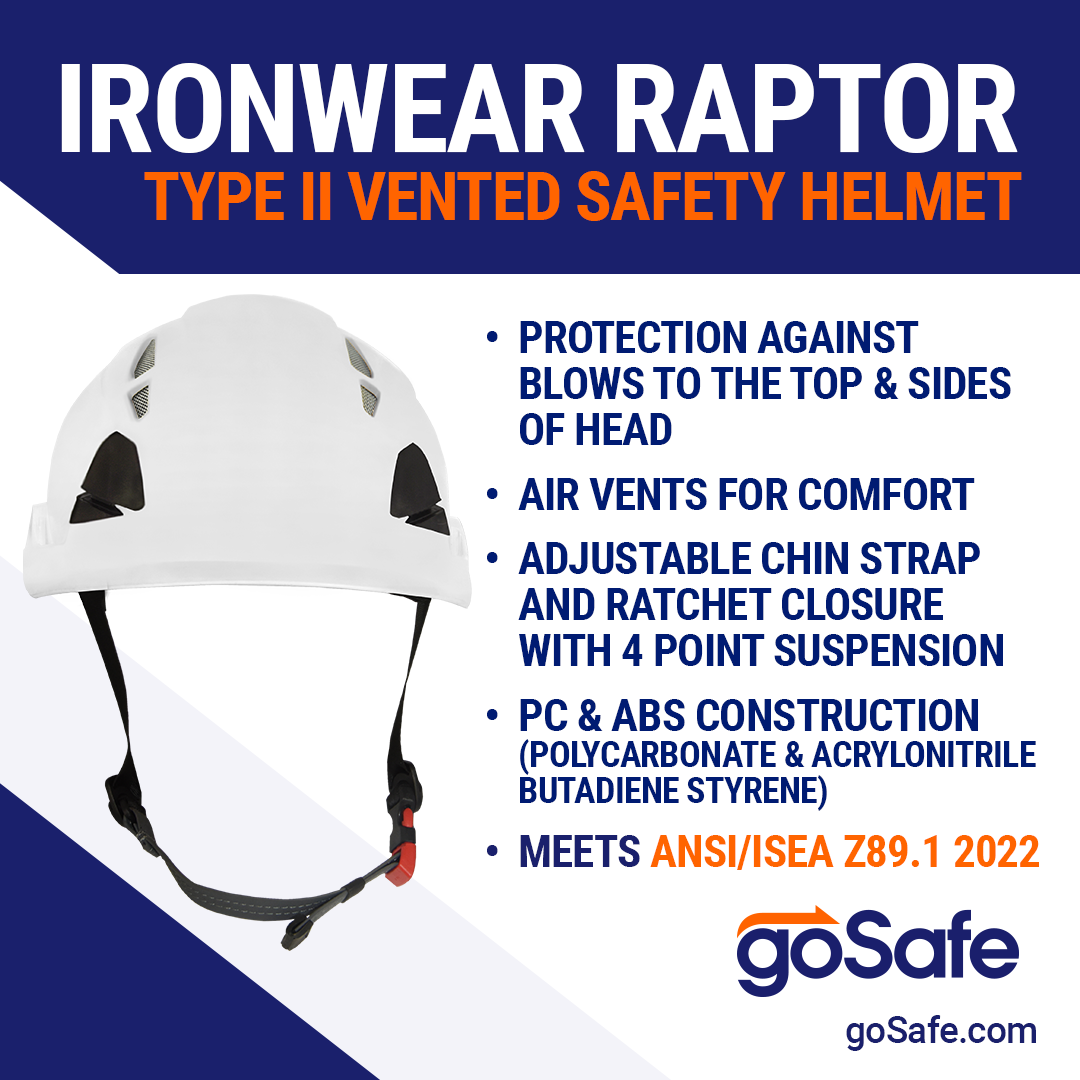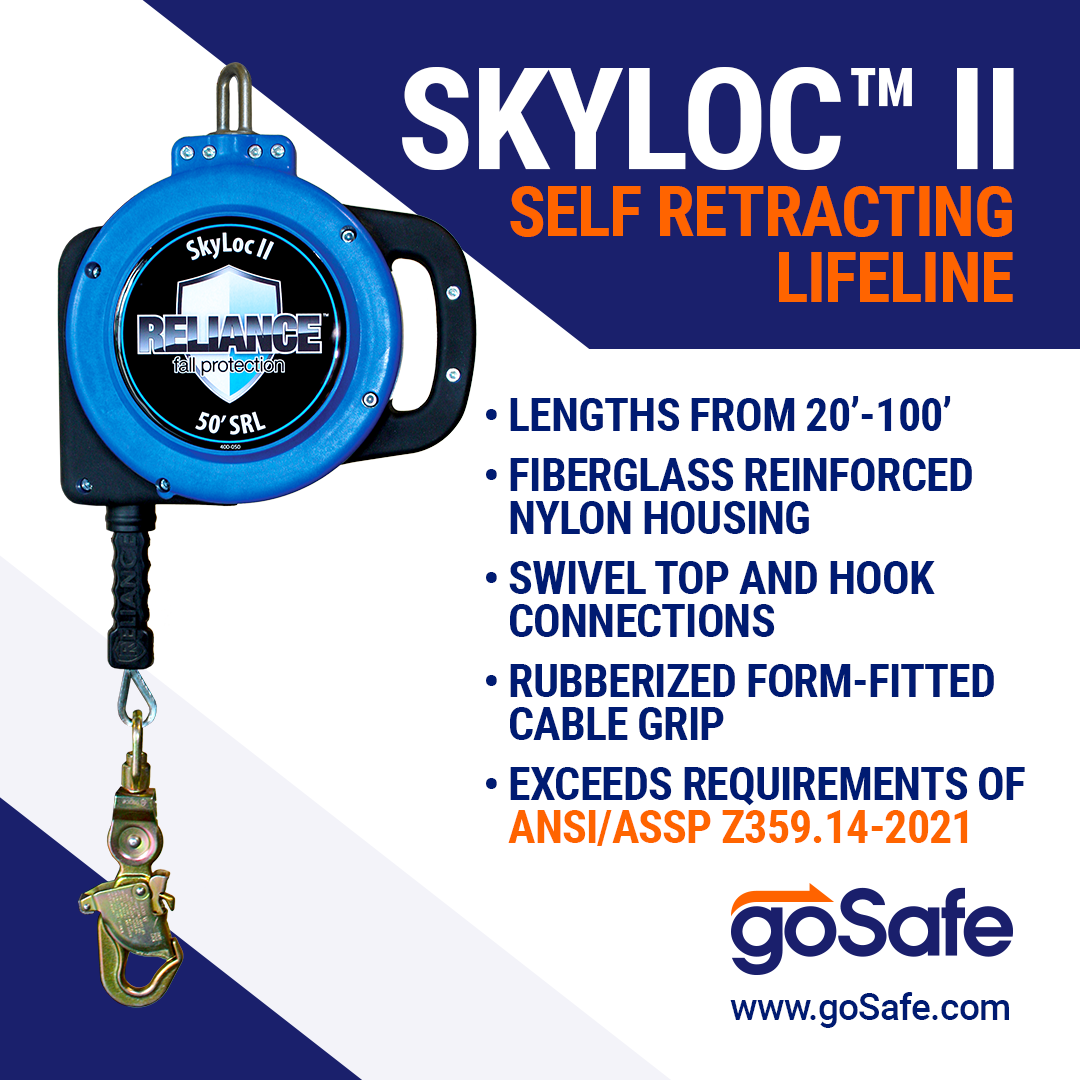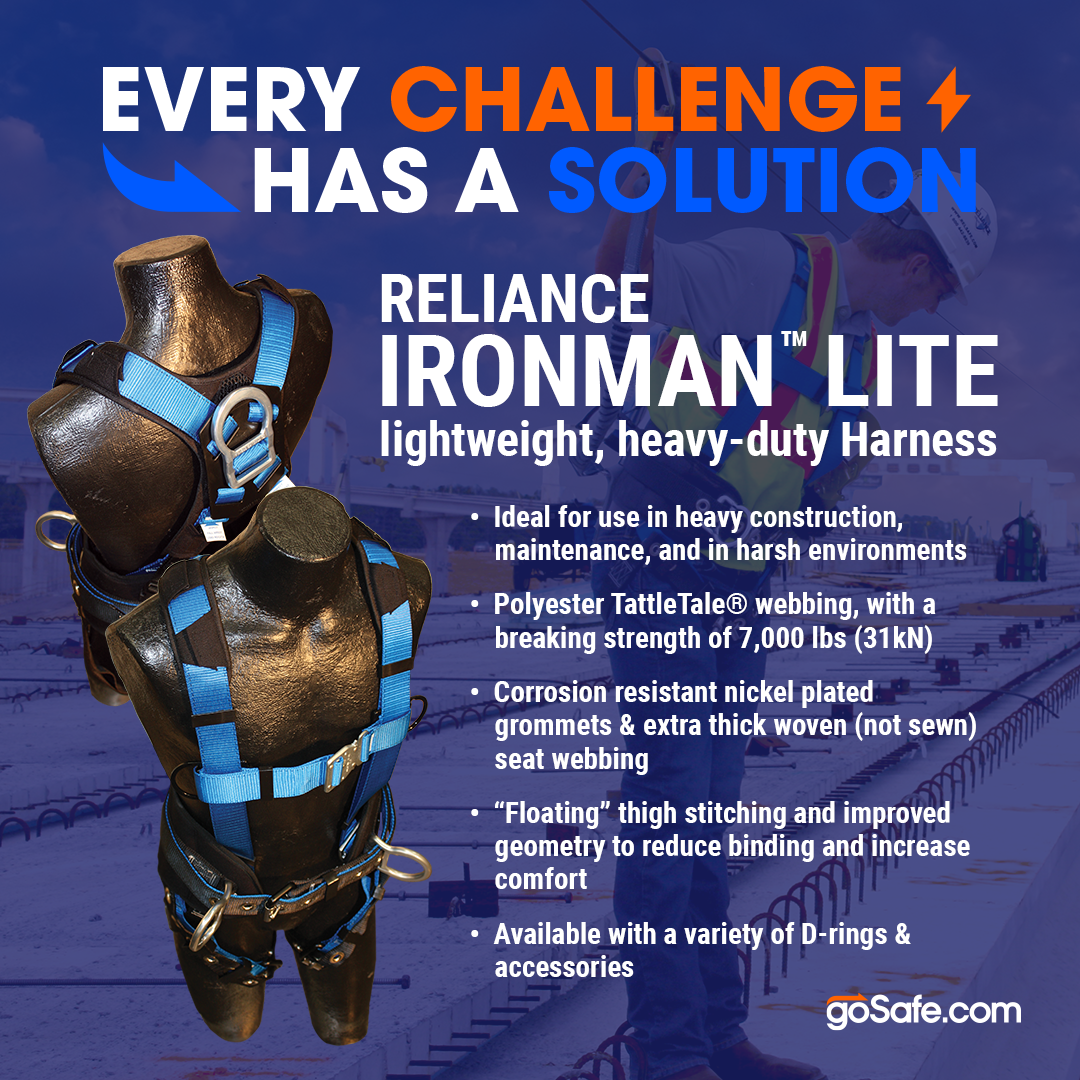Vertically straight impacts directly to the top of the head are not as common as you might think. This is why construction firms across the US are beginning to adopt Type 2 hard hats as their new standard.
Type 2 hard hats extend impact and puncture protection to the whole head, and protect workers from a much broader range of hazards than standard Type 1 hard hats. In this article, we'll compare the differences between Type 1 and Type 2 hard hats. We will also discuss head protection versus brain protection, the science of head injury, and specific conditions where you need Type 2 protection.
The Safety Helmet Impact Cheat Sheet
This safety helmet impact guide demonstrates the differences between types of head protection. Because while hardhats and safety helmets are essential on most worksites, not all of them are equal.
Here are some key standards and features to consider when choosing a hardhat:
- Type 1 hardhats protect against straight-down heavy impacts and punctures to the top of the head.
- Type 2 hardhats extend that impact protection around the entire head for side and lateral protection.
- Chin straps are generally one of the defining factors of a Safety Helmet, as they help to prevent loss of head protection during a fall. After all, the best protective equipment in the world is worthless if it doesn't stay put.
- MIPS® is an acronym for Multi-Directional Impact Protection System. This system absorbs rotational force by allowing the helmet to rotate around the skull, which is critical in preventing brain damage resulting from twisting.
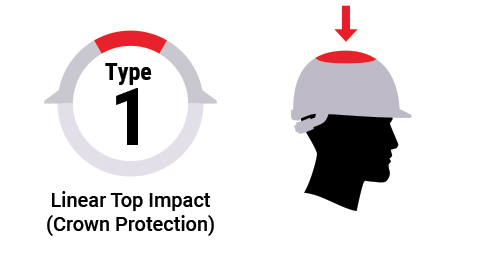 |
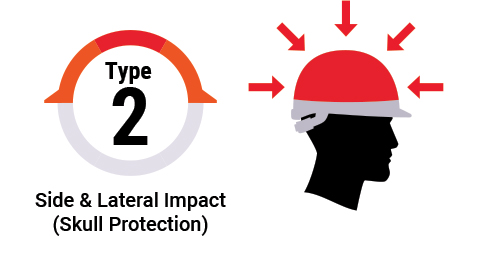 |
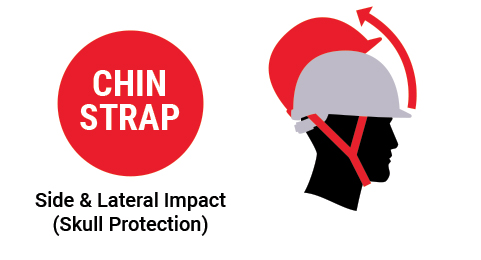 |
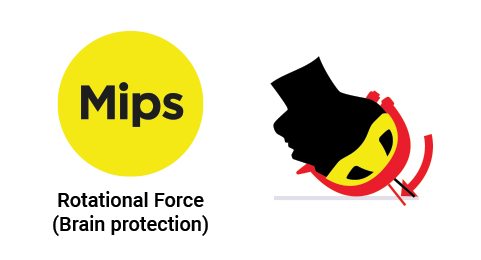 |
EN 12492
You may also be familiar with the EN 12492 European Standard. European standards are not ANSI certified and thus do not apply to domestic products. The European standard tests scenarios from the perspective of objects falling on a rock climber, not a falling worker's head impacting the ground. As such, Side impact tests are less strenuous in the European standard, whereas Type 2 extends the same protection all around the head.Head Protection vs Brain Protection
The brain is one of the softest and most sensitive tissues in the body, with a consistency similar to jello. This might sound amusing, but throughout this jiggly mass is a complex network of nerves and neurons that control everything from motor skills, coordination, and sensory awareness, to memory, emotion, and speech. All of this boils down to one fact: head and brain injuries are among the deadliest and most costly to workers and employers alike.
The statistics for the US construction industry are sobering. This industry is responsible for 24 percent of all workplace traumatic brain injuries, with 57 percent of those injuries resulting from a fall. The recent average number of deaths per year from traumatic brain injury stands at 276, with 52 percent of survivors experiencing declining health within 5 years of injury. These numbers alone are enough to warrant a closer look at the protections offered by Type 2 helmets.
Linear Impact & Rotational Force
Linear Impact
Most hardhats are designed to protect against linear impacts, with Type 1 protecting the top of the head, and Type 2 extending protection to the sides. Linear impacts are most responsible for skull fractures and, in rare cases, can also cause concussions from compression, stretching, and shearing of the brain.
All that said, linear impacts are very rare. After all, real accidents don't happen in a lab, and gravity doesn't care where or how your head hits the ground. The reality is that the vast majority of head injuries are caused by angled impacts that create rotational force.
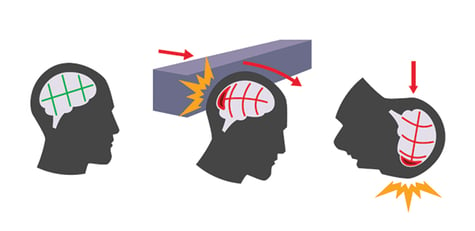
Linear Impact
Rotational Force
What is rotational force? To illustrate the dangers of rotational force, imagine a washing machine: it cleans your clothes by spinning and agitating the fabric to remove contaminants. Rotational force can do the same thing to your brain.
As the head impacts the ground at an angle, your soft brain matter will continue to move or rotate in the same direction your skull was, just before impact.
Depending on the speed, area, and angle of impact, this agitation will ripple throughout the brain, shearing the axeons that connect white and gray brain matter and even damaging connections between different parts of the brain: both common results of a concussion.
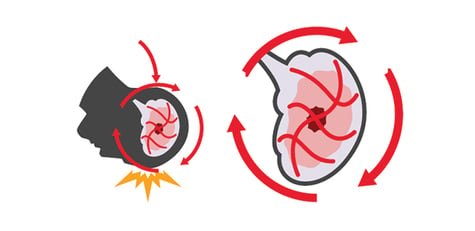
Rotational Force
The Science of Head Injury
As we just learned, concussions and traumatic brain injuries are commonly the result of rotational force and strain to the brain. Injury statistics demonstrate that when someone trips on a level surface, they are more likely to fall at an angle, instead of directly on top of the head. This is due to the forward energy of motion that may extend to the head when hitting the hard ground surface. Over the past few years, science has shown that our brains are very sensitive to rotational forces.
In a scenario such as this, a conventional hardhat without a chinstrap would likely fly off. So - a chinstrap definitely helps, but is it enough?
MIPS® Technology
MIPS® is an acronym for Multi Directional Impact Protection System. Its presence inside a hardhat provides a low friction layer which helps reduce the potential severity of head injuries.
- Upon impact, the MIPS® Safety System is designed to help reduce the amount of rotational force transferred to the head by redirecting the forces that are generated by the impact.
- The MIPS® Safety System allows for a 10 to 15 millimeter relative movement between the helmet and the head, during the critical first 5 to 10 milliseconds of the impact.
- It is not uncommon that the point load on the head and helmet at impact is at two thousand, two hundred pounds. The MIPS® Safety System is designed to allow the helmet to move even under this kind of pressure.
- To ensure the highest levels of protection on the market, a Type 2 safety helmet with MIPS® is your best choice, providing secure, 360 degree protection against linear impact, angular impact, and rotational force.
When do you Really Need Type 2 Protection?
Because Type 1 hardhats fail to protect against side impacts, they are often inadequate for the majority of industrial and construction applications. If any of the following situations apply, Type 2 protection is ideal:
- Working at Height
- Working around trip hazards
- Work involving head level edges
- Work with construction machinery
- Working near swinging objects
- Work where falling objects are possible
Even if one or more of these are not present, slips, trips, and falls alone still rank as the primary cause of head injury, and warrant making Type 2 the bare minimum for your safety program, with MIPS® being highly recommended, especially for work at height.
goSafe offers a variety of Type 2 head protection. There are a number of options to choose from, and a wide variety of accessories are available so that you can customize your choice to protect you from the specific hazards you face. CLICK HERE for more information.
goSafe: Your Partner in Safety
At goSafe, Safety is our ONLY focus - and we'll partner with you to keep you and your teams safe. We're small enough to handle your local projects, yet large enough to serve national accounts. If safety is your mission, it starts with us.
Watch the video below for more information about goSafe's capabilities.
Are you on the lookout for more information on fall protection use? Visit our FAQ page today! There, you’ll find some bonus tips to help get you started.


